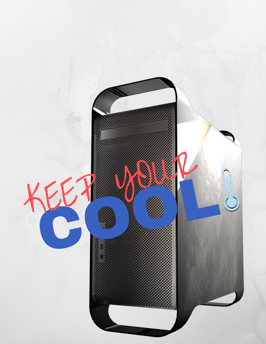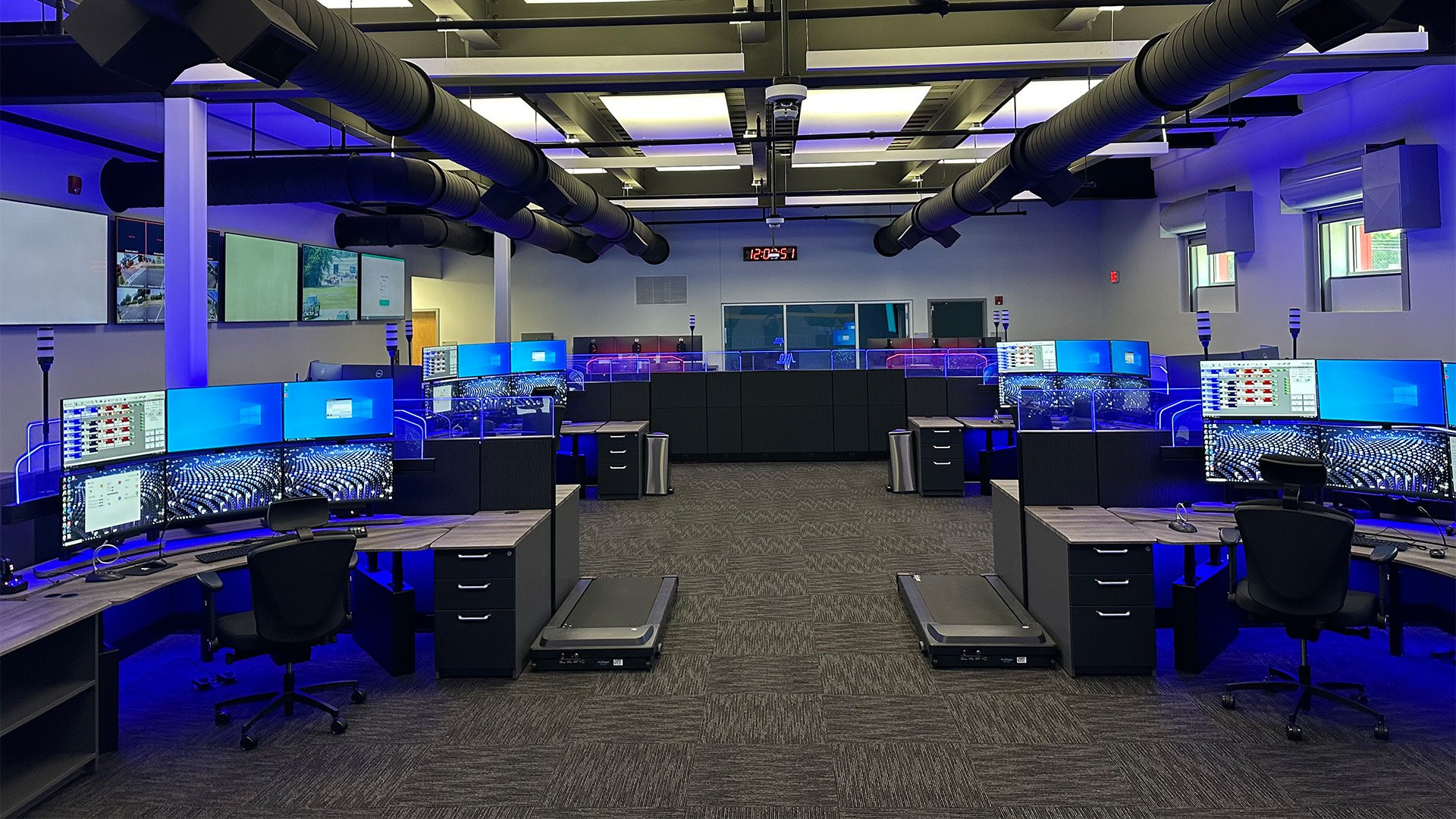 Keeping your computers cool is an important concern to address in your dispatch center as a hot, running computer will show you the blue screen of death if it gets too warm. While this is a built-in fail-safe for the CPU itself, this is not what a dispatcher wants, especially in the middle of an important call. Computers that run on higher temperatures also tend to have shorter life spans which can lead to spending budget money sooner than you would like.
Keeping your computers cool is an important concern to address in your dispatch center as a hot, running computer will show you the blue screen of death if it gets too warm. While this is a built-in fail-safe for the CPU itself, this is not what a dispatcher wants, especially in the middle of an important call. Computers that run on higher temperatures also tend to have shorter life spans which can lead to spending budget money sooner than you would like.
So, how do I keep my computer operating at the right temperature?
First off, computers are designed to run at room temperature; this means between 70 and 80 degrees (Fahrenheit). You do have a little wiggle room here, but for the sake of simplicity, let’s assume that your room is in that range. Interestingly enough, I have a friend who is an HVAC engineer, and she said that each computer puts off the heat of one person. This gives you a good idea of how much heat they really expel.
Obviously, placing the computers in computer compartments / cabinets at each dispatchers’ console is how most centers work. 911 dispatch centers do not like to have computers out in the open for many reasons.
Fortunately, there are a few ways to design a cabinet to keep your computer from overheating, and here are some points to consider to help you make sure your compartment allows your computer to function at the ideal temperature:
- Avoid cabinets with no vents. We all know where this is going; if there is no venting, the computers will overheat in a matter of hours.
- Understand what makes passive vents work. Creating passive vents basically means putting a bunch of holes in the cabinet in order to let the heat escape. The problem with this is that, since heat rises, it will get stuck at the top of the cabinet unless the top is vented. This is why data center professionals use the “chimney effect” to let the hot air rise out of the top of the rack. Data centers started with passive venting years ago and quickly introduced airflow. Now they have a whole industry consisting of engineers who specialize in ventilation for data centers.
- If the top is vented, make sure the vents are large enough for the heat to escape. Remember that each computer puts out the heat of one person. If an HVAC engineer uses this information to plan out their complete building system, try to think about what you’d need for just a small space with 4 computers in it.
- Think about using active vents. This is a combination of utilizing both a fan and venting on the side of the cabinet. Look for fans that have a low noise rating in order to minimize office distraction. Noise is measured in decibels (dB), and to help you better understand what this means, consider the fact that a standard office is 55dB while a whisper in a library is only 34dB. Seek out fans that are rated below that 34dB mark as anything in the 25dB range is virtually silent.
Now that you understand what kind of cabinet design to look into, it’s important to investigate what type of material is best for heat dissipation. Most consoles are built of either laminate or metal and will hold heat for a long time. Metal expands with heat, so the sheet metal console’s walls will flex out just a little when they get warm. This is why you have gaps between body panels on cars. (Otherwise, no one in Arizona would be able to drive in the afternoon.)
Laminate construction consists of particle board with a thermally-fused hard cover over it. Wood is not much of a conductor of heat, so it will not expand like a sheet metal console. Does wood hold more heat than metal does?
The answer to this is that both metal and laminate are good materials to build a console with. What really matters is that the design allows for airflow and incorporates fans to achieve this. Getting the airflow to travel through the computer (from the front to the rear of the machine) is what the console should be designed to do. For ideal results, look for a product that accomplishes this.
One other critical thing to look into when searching for dispatch consoles is where the forced air heater is in relation to the computer cabinets. If you have heat running to keep the dispatcher’s feet warm, where does that heat go? If the computers are close to that heat source, you may actually be warming up the computers.
These are some of the small details that make a big difference in regards to how your dispatch console performs, and paying attention to these will help your dispatch center greatly when you are shopping for new furniture.



